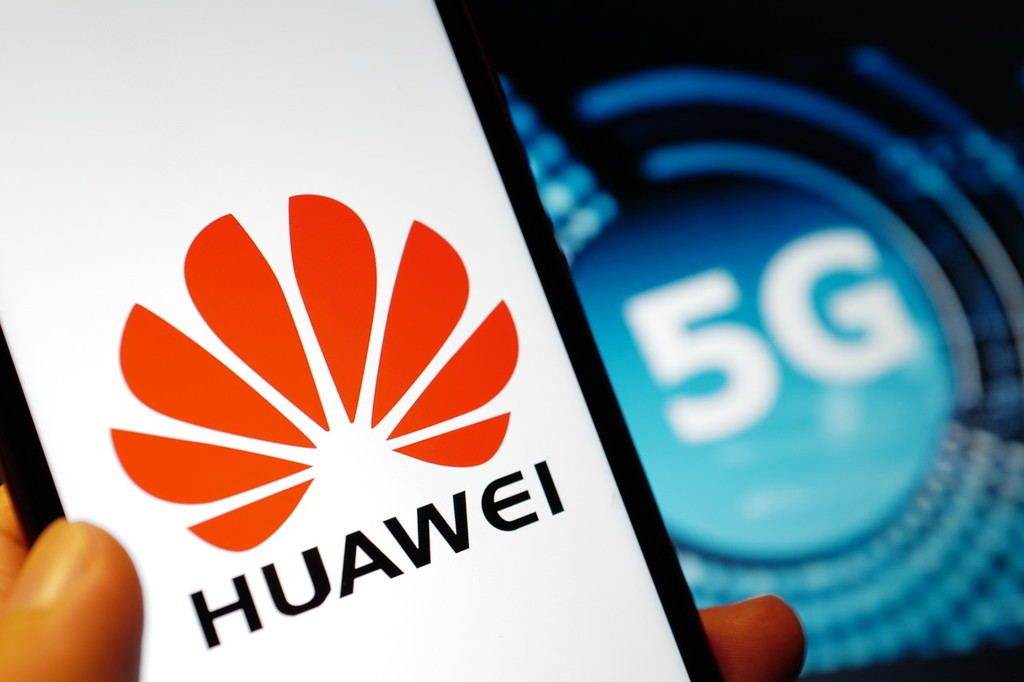The current cases of Coronavirus have, regrettably, taken the world by surprise, and it is a safe assumption that no country in the world has, or had prepared for the pandemic.
The virus originated in China, and found its way to other parts of the world with varying levels of infections.
However, Asia’s most populous country has been at the forefront in combating the disease and has leveraged technological tools to contain the disease, although it is far from being eradicated.
According to people privy to the situation in China, technological advancements such as the recent launch of 5G have been key drivers to preventing and treating the pandemic.
5G, while being limited to select first world countries, can be used to supplement digital transformation for healthcare systems, especially for cases that call for major public emergencies, for this case, COVID-19.
A new report by Deloitte reiterates the power of 5G in driving change in the manner health institutions deploy solutions to combat Coronavirus.
Titled ‘Combating COVID-19 with 5G: Opportunities to improve public health systems’, the Deloitte report was put together with Huawei, the primary player in the 5G space.
It has since been reported that during the January outbreak, Chinese mobile operators sought the services of Huawei to rapidly set up specific5G networks dedicated to Coronavirus treatment in health centres.
The assessment by Deloitte reveals that 5G, as expected, is superior to 4G and can, therefore, respond to real-time data challenges in epidemic management by using high transmission rate, low latency, robust connections and high adaptability to mobile environment.
Moreover, alongside thermal imaging human body temperature, 5G played and is still key to epidemic prevention and control. The technology has also enabled uninterrupted physical monitoring and remote diagnosis of patients during transport.
The whitepaper discusses the need to build and upgrade public health emergency response mechanisms. Governments can ten take advantage of the development to make informed decisions in a timely manner and allocate resources more effectively.
“In this regard, 5G can also promote collaboration by enabling connectivity, maintaining effective communication among hospitals, and enable medical data and reference sharing between hospitals and scientific research institutions, especially ‘in the rapid increases in data volume and mounting demand for remote and HD-video based treatment’ scenario,” reads a statement from Huawei.
It remains to be seen if the optimistic prediction of Huawei and Deloitte will come to fruition.
However, it is safe to assume that with 5G along with the confluence of other emerging technologies – such as (IoT), big data, AI and machine learning, the healthcare industry will change drastically as these technologies are used to augment human capacity and enhance the effectiveness of human potential.
In the near future, 5G technology, when it is available to more people, will enable novel healthcare applications as we have seen with COVID-19, while facilitating an ad hoc orchestration of healthcare services by integrating patients, medical practitioners, and social workers through its enhanced connectivity capabilities.





























